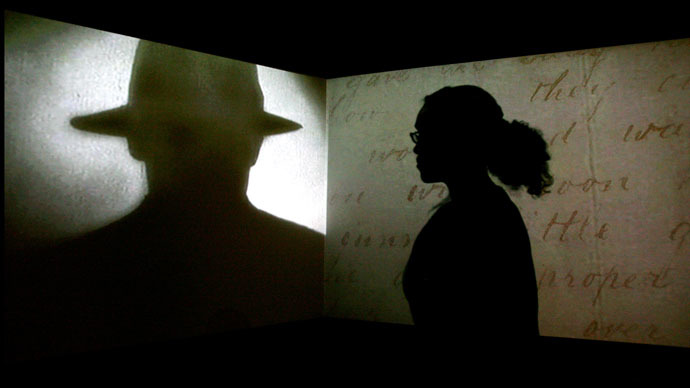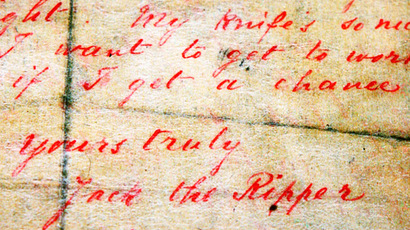‘Serious DNA error’ in Jack The Ripper identity discovery

The scientist who conducted a DNA analysis of the shawl found near the body of one of Jack The Ripper’s victims allegedly made a basic error, which means the identity of one of history’s most notorious killers is in doubt again.
At the beginning of September, armchair detective Russell Edwards declared that 23-year-old Polish immigrant, barber Aaron Kosminski, one of the suspects, was "definitely, categorically and absolutely" Jack The Ripper!
His statement came after genetic analysis of the shawl discovered near Catherine Eddowes, a victim of the notorious murderer, after alleged traces of semen were found there.
The scientist, Jari Louhelainen, who carried out the test, is reported to have made an "error of nomenclature” when using the DNA database to calculate the genetic match.
The alleged error was first spotted by crime enthusiasts in Australia posting on casebook.org. Then, the concerns were echoed by four experts in the field of DNA analysis, including renowned Professor Sir Alec Jeffreys, inventor of genetic fingerprinting.
The experts pointed out the error signifies no DNA link can exist between Kosminski and Eddowes, so any theory that Kosminski is The Ripper would be based on conjecture and supposition. Police at the end of 19th century, however, did have him as a suspect in the case.
All this comes in the wake of the publishing of the book ‘Naming Jack the Ripper’ by Russell Edwards, a businessman who purchased the shawl at an auction in 2007.

"I've got the only piece of forensic evidence in the whole history of the case. I've spent 14 years working, and we have finally solved the mystery of who Jack the Ripper was. Only non-believers that want to perpetuate the myth will doubt. This is it now – we have unmasked him," The Guardian quoted Edwards as saying last month.
Edwards hired Dr Louhelainen, a molecular biologist at Liverpool John Moores University, to conduct the test, and the researcher managed to extract seven incomplete fragments of mitochondrial DNA (mtDNA). He then attempted to match their sequences with mtDNA from a living descendant of Eddowes.
The scientist indicated that the DNA contained the alteration “known as global private mutation (314.1C), not very common in worldwide population,” and then Louhelainen concluded the DNA was Karen Miller’s, one of Catherine Eddowes’s female descendants.
However, there has allegedly been an “error of nomenclature,” specialists say, as the mutation in question should be noted as "315.1C" and not "314.1C."
"315.1C" is not a rare mutation, and is shared by 99 per cent of ethnic Europeans.
Publishers of the book, Sidgwick & Jackson, responded to the allegations, and said that “the author stands by his conclusions” and they are “investigating the reported error in scientific nomenclature.”
“However, this does not change the DNA profiling match and the probability of the match calculated from the rest of the data. The conclusion reached in the book, that Aaron Kosminski was Jack the Ripper, relies on much more than this one figure," they added.













